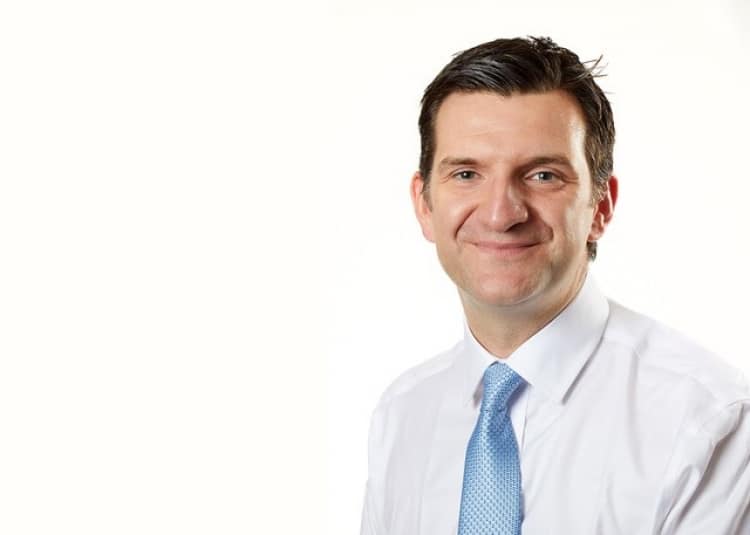Vicarious Liability ‘On The Move’

FACTS
This appellate decision stems from substantial group litigation on behalf of 126 Claimant who seek damages from the Defendant bank in respect of alleged sexual assaults by the now deceased Dr Gordon Bates. The bank had sent applicants and employees for medical examinations that it had requested Dr Bates to carry out between 1968 to 1984. Sexual assault was alleged to have occurred during the course of the medical examinations that would took place at Dr Bates’ home. Mrs Justice Nicola Davies DBE had ordered that whether the Defendant was vicariously liable for any assaults proved against Dr Bates was to be decided as a preliminary issue.
FIRST INSTANCE DECISION
In Various Claimants v Barclays Bank Plc [2017] EWHC 1929 (QB) Nicola Davies J conducted an extensive review of the relevant authorities and held that vicarious liability requires a synthesis of two stages (1) the relevant relationship and whether it was one of employment or akin to employment and (2) if so, whether or not the tort was sufficiently closely connected with that employment or quasi employment.
The first part of that test itself involves applying the 5 criteria set out by Lord Phillips in Catholic Child Welfare Society v Various Claimants [2012] UKSC 56 and Lord Reed in Cox v Ministry of Justice [2016] UKSC 10, (i) the employer is more likely to have the means to compensate the victim and can be expected to have insured against that liability; (ii) the tort will have been committed as a result of activity being taken by the employee on behalf of the employer, (iii) the employee’s activity is likely to be part of the business activity of the employer, (iv) the employer, by employing the employee to carry on the activity will have created the risk of the tort committed by the employee, and (v) the employee will, to a greater or lesser degree, have been under the control of the employer. The Judge went through these criteria to find Stage 1 met.
On Stage 2 the Judge found the tort was closely connected with the quasi employment of Dr Bates by the bank. She adopted the words of Lord Phillips in Catholic Child Welfare Society that “the relationship has facilitated the commission of the abuse by placing the abusers in a position where they enjoyed both physical proximity to their victims and the influence of authority over them …”.
Finally, the judge considered whether the conclusions that she had reached were “just and fair” in a “balancing exercise between two innocent parties”. She concluded it was just and fair to uphold vicarious liability, in part because action against the Bank was the only possible legal recourse now available to the Claimants.
APPEAL DECISION
In a unanimous decision upholding the decision of Nicola Davies J, Irwin LJ confirmed that the law of vicarious liability has developed and been “on the move” in recent times. He described this as most notable in 5 critical decisions: E v English Province of Our Lady of Charity; the Catholic Child Welfare Society; Cox v Ministry of Justice; Mohamud v WM Morrison Supermarkets; and Armes v Nottinghamshire County Council. Irwin LJ agreed with the appellant’s argument that none of these cases involved an alleged tortfeasor who was an obvious “independent contractor”. However, it was held what was required now was not an answer to the question: was the alleged tortfeasor an independent contractor? The tests set out from the relevant authorities were the relevant test, what Irwin LJ calls, the Cox/ Mohamud questions.
Irwin LJ noted that in Cox Lord Reed had focussed on the first question as the relationship necessary between the alleged tortfeasor and defendant to found vicarious liability. Lord Toulson in Mohamud had explored the second question: in what manner must the conduct of the alleged tortfeasor “have to be related to the relationship” to found vicarious liability.
The approaches from Cox and Mohamud were explicitly approved and followed by the majority of the Supreme Court in Armes.
Irwin LJ observed as to the appropriateness of the test, ‘the Cox/ Mohamud questions’, and modern working practices at §45, “…adopting the approach of the Supreme Court, there will indeed be cases of independent contractors where vicarious liability will be established. Changes in the structures of employment, and of contracts for the provisions of services, are widespread. Operations intrinsic to a business enterprise are routinely performed by independent contractors, over long periods, accompanied by precise obligations and high levels of control. Such patterns are evident in widely different fields of enterprise, from construction, to manufacture, to the services sector…”
Irwin LJ supported the findings and reasons given by Nicola Davies J under the Stage 1 test on the particular facts. As to the Stage 2 test he stated it, “obviously correct that these medical examinations were sufficiently closely connected with the relationship between Dr Bates and the Appellants. They were the whole purpose of that relationship. Without them, the relationship would never have existed.” He also had no difficulty as to the conclusions being “just and fair” in the circumstances.
COMMENT
Patently, a separate ‘independent contractor’ test has been firmly rejected.
In practice it is the ‘the Cox/Mohamud questions’ carefully distilled and applied at first instance and by the Court of Appeal in Various Claimant that must be studied and utilised.
Perhaps having been “on the move” the law of vicarious liability has now reached its destination.
Stuart Jamieson – Barrister










